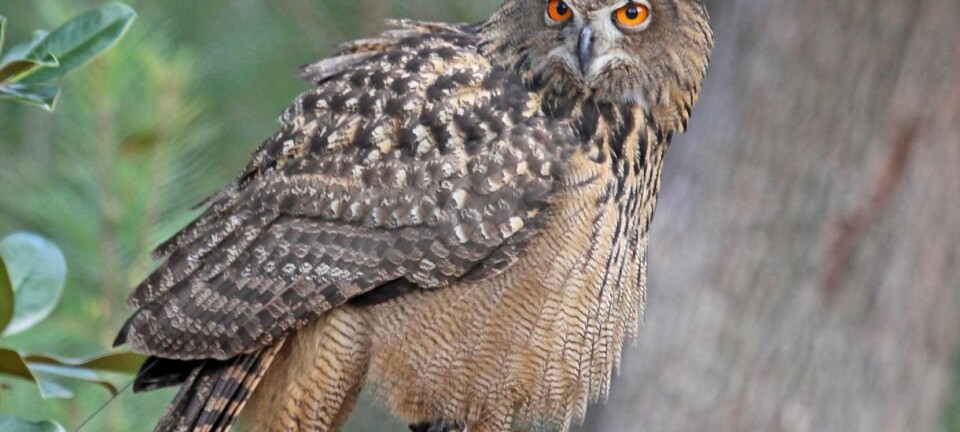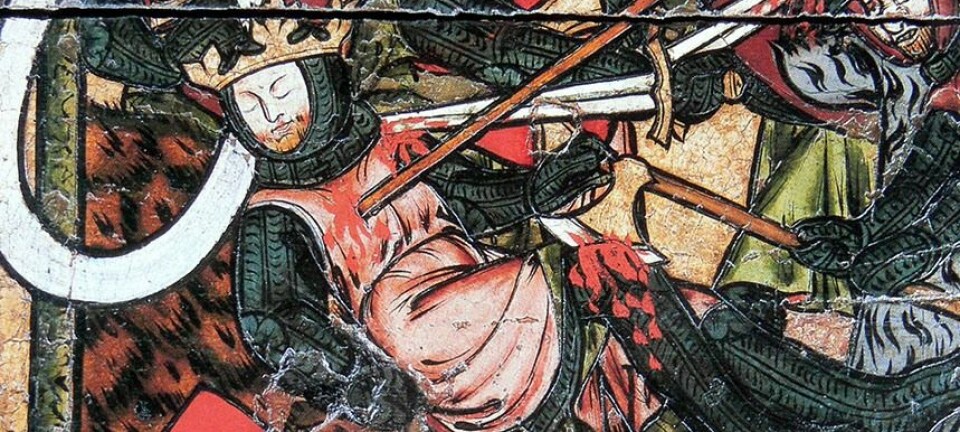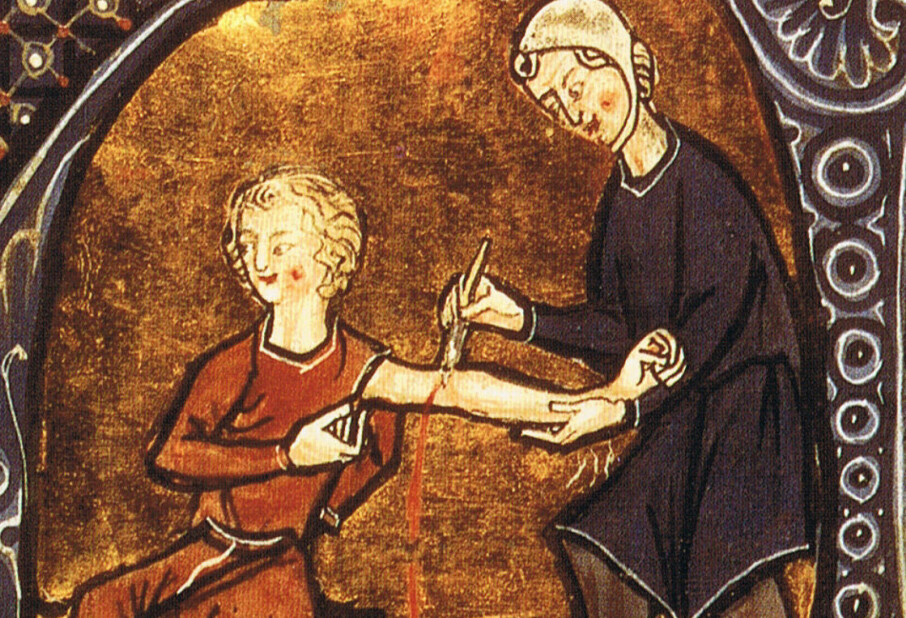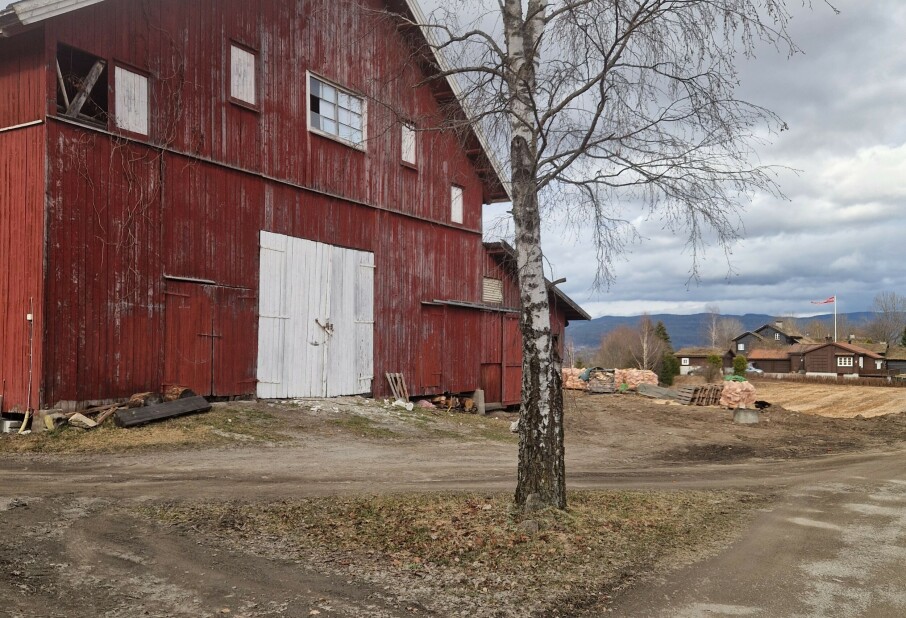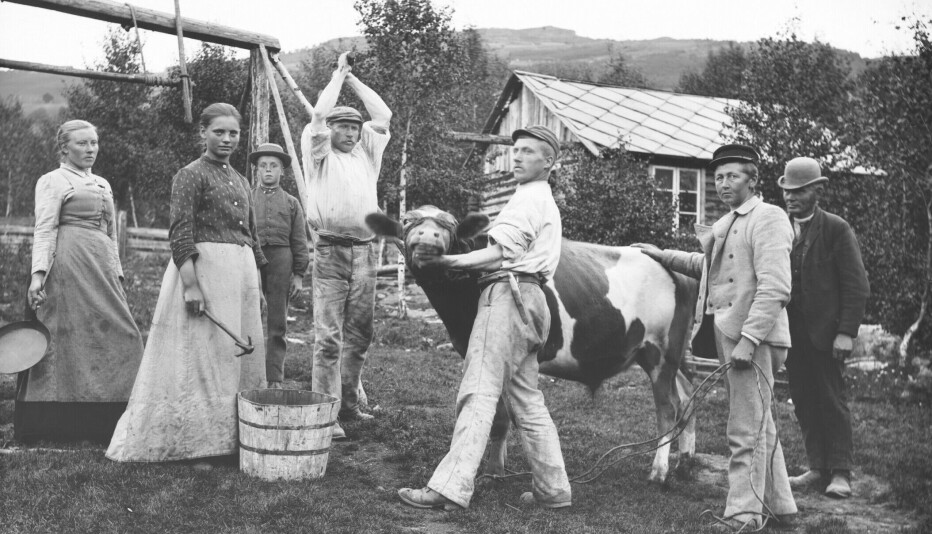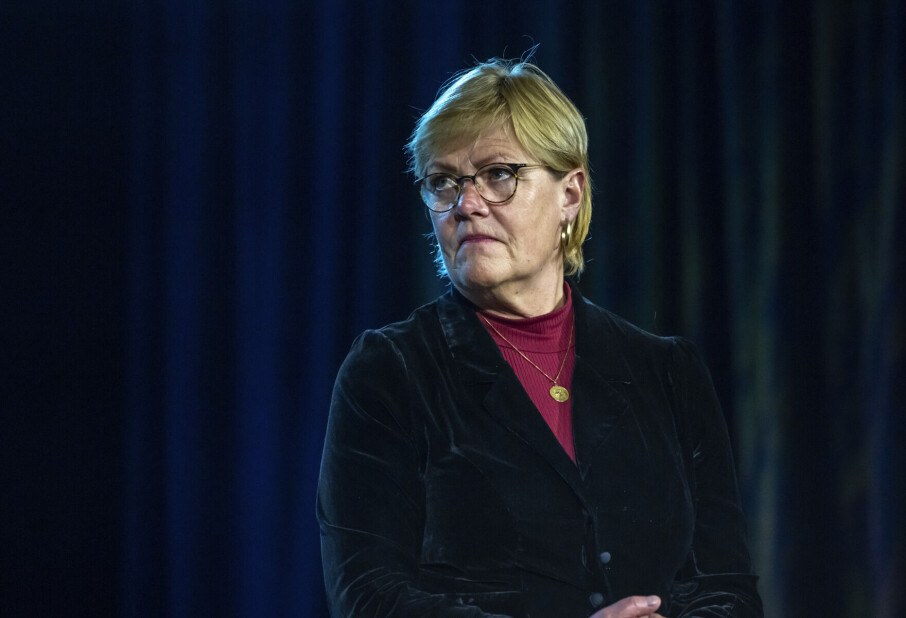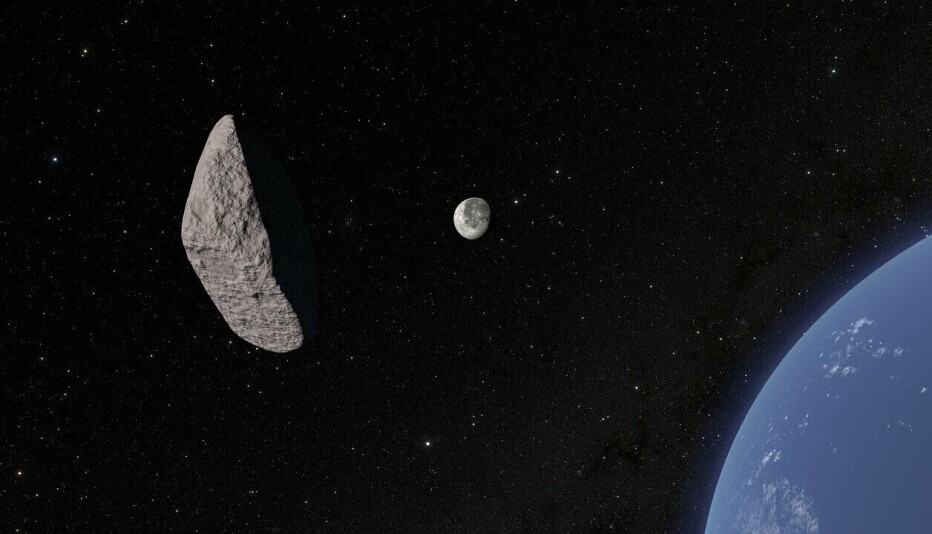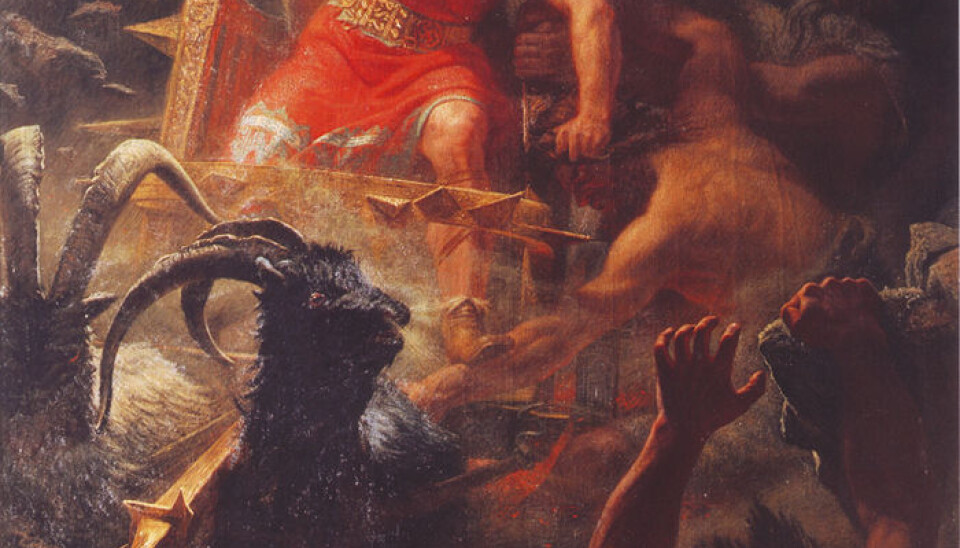
Dreaming of Valhalla
What does Norse mythology say about the creation of the world? Can ancient tales answer the questions of today? A new tablet application called “Dreams of Valhalla” offers everything you ever wanted to know about Norse myths and their gods and goddesses.
Denne artikkelen er over ti år gammel og kan inneholde utdatert informasjon.
“I wasn’t actually that interested in Norse mythology when I began here,” admits Thomas Mohnike, head of the Department of Scandinavian Studies at the University of Strasbourg.
But the interest among his students was overwhelming. The researcher soon discovered that the figures from the defunct religion couldn’t be kept within the confines of history books and ancient manuscripts.
Odin, Thor, Loki, Freyja and others are constantly turning up in comic books, computer games, books and films. Not to mention music. Viking metal, with its texts and themes from Norse mythology, is a heavy metal rock genre.
Why such interest? What do these old stories say about the gods and the universe? What has brought the ancient tales all the way to the 21st century?
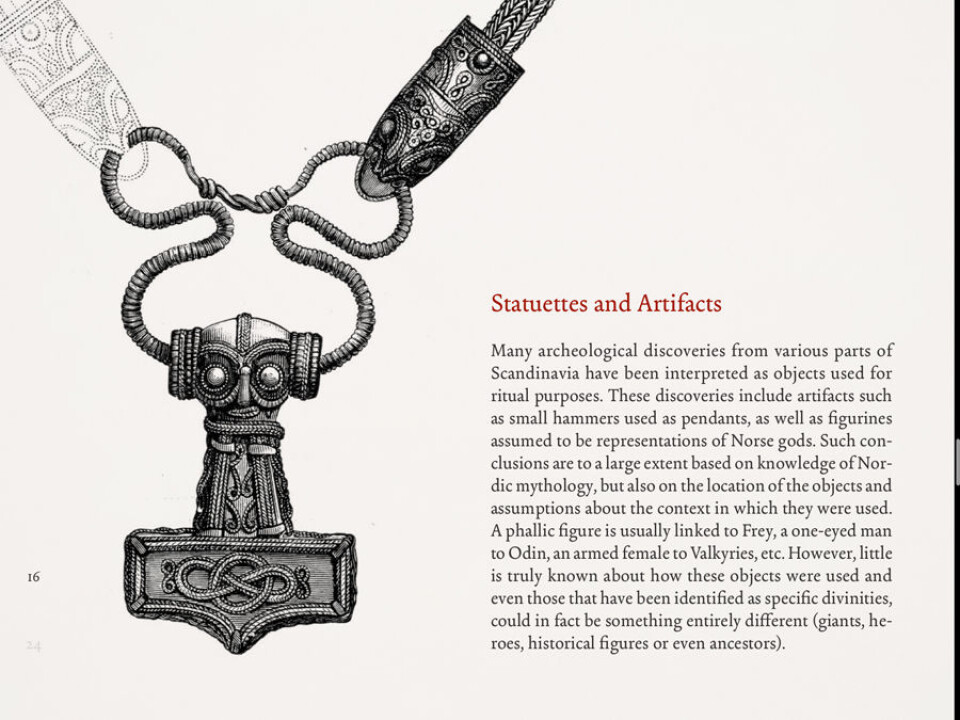
Mohnike says after a while it was impossible to curtail his curiosity.
He and his colleague Wouter van der Veen have created a comprehensive introduction to Norse mythology, available to anyone with an iPad who can read English.
But readers who are looking to the old gods for answers to life’s existential questions will probably be disappointed.
Myths offer no great truths
“Myths are stories that answer the questions of their day,” Mohnike says while showing off the app, which is rich in texts and images as well as videos narrated by authorities in the field.

“But the special thing about myths is that they never give you the answers they promise.”
The Norse story of the beginning of time and the universe is a good example, he says. It sets out to explain how the world was created. But after reading it you will be more confused than when you started.
The story goes like this: The first living creature, the giant Ymir, emerges from the confluence of fire and ice in a great void. Then primordial cow, Audhumbla, comes in from the left and starts licking on a salty block of frost, which has also appeared.
After a few days of ardent licking the salty block, she frees or sculpts a man-like being, Búri, who can be perceived as the first god in Nordic mythology. At the same time, Ymir sweats out a male and a female from his armpits and his legs give birth to a child with six heads.
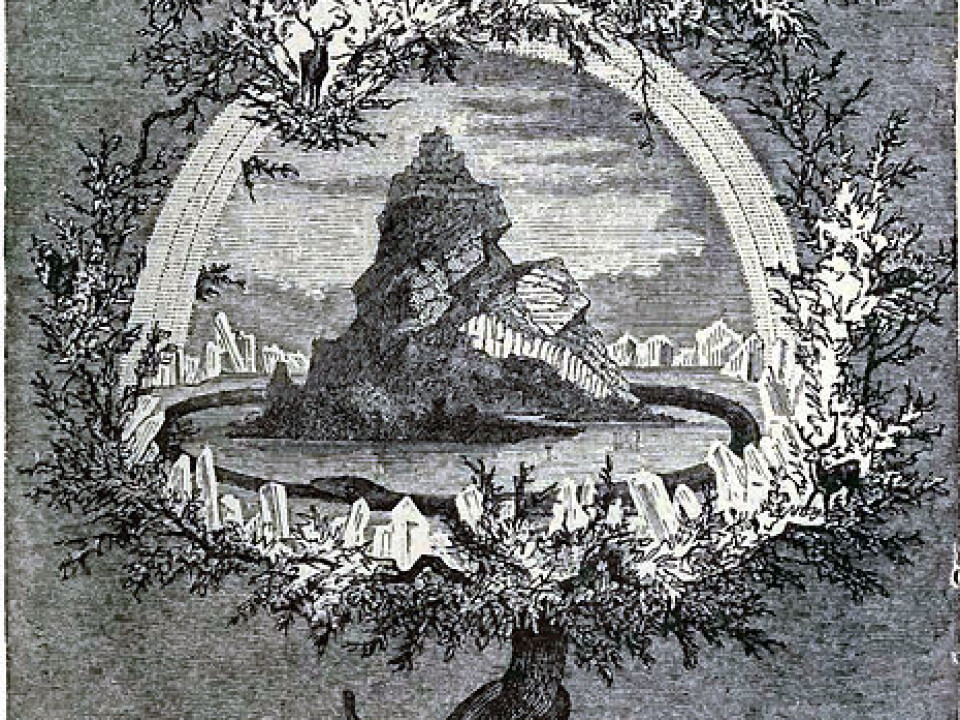
These creatures mate and have offspring, until disputes lead to battles. Eventually Odin, Ymir’s grandchild, takes charge of the situation. He creates a new world out of Ymir's corpse, whom he and his two brothers have slaughtered, and a tsunami of unknown origin wipes away the old stuff.
In other words, it’s an imaginative tale, full of fanciful and weird creatures, but not particularly lucid or edifying.
The original story is lost
Mohnike doesn’t think there is any use in trying to pin down a pure, original Nordic source for these stories.
“I’m really sceptical when it comes to anyone seeking the origin of these myths. What would it be?"
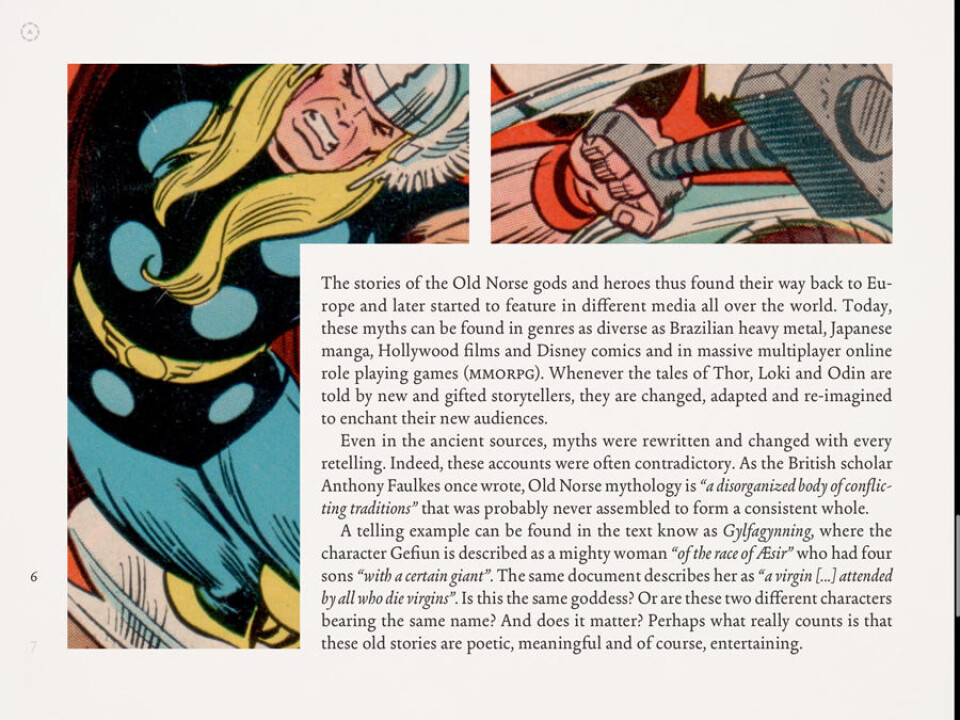
The tales evolved as time passed and were influenced by cultural currents.
For one thing, the Norse myths we know today have been influenced by Christianity, because the texts were written down after Christianity arrived in Northern Europe.
Contact between the peoples of the north and south of Europe flourished long before Christianity came to Northern Europe, and way before the Christian era. Mohnike points out that cultural influences have always been around, and he shows us an interesting find displayed on the app.
A beautiful little bronze state of the Buddha, made in India in the 6th century, was unearthed in an archaeological dig on the island of Helgö in Sweden.
“You can’t say that Norse mythology ever had total dominance in the Nordic countries. So there is no point in trying to find the original, pure form of it,” he says.
Complicated stories
Mohnike and van der Veen prefer to say that the old myths are splendid stories that provide no answers. They aren’t even consistent within the realm of their own universe.
“There are supposed to be nine worlds in Yggdrasil, but when you try to count them the numbers don’t add up. Maybe the original meaning was simply that there were many?” Mohnike says.
Mohnike thinks that the creation of a useable app has made these contradictions all the more evident to anyone with an interest in the mythology. When you sit and work on the nine worlds in the tree, contradictions and questions are bound to arise.
“It’s all more complicated than we thought,” says Mohnike.
He thinks the attempt at amalgamating a book into an interactive application has given the issue a useful perspective.
“They say that if you change the medium, you also change the thought structure. We’ve had to be innovative with regard to the interactions between myths, societies, history and identity.”
Users of the app will appreciate that.
Sources and living gods
The publication isn't designed in such a way that you would find the chapter: “This is the god Thor”. Instead, you find what has been written about Thor and the other gods from various sources, all of which provided disparate images even after the stories were written down on parchment.
Mohnike says the same goes for writings about other themes – such as war, love and the beginning and end of the world.
The app also explains how the stories have survived.
The researchers write that the tales of the Vikings were mainly passed down orally. What we know today has been scraped together from symbols and figures on artefacts as well as manuscripts written by Christians.
We actually have nothing but the echoes of myths which once existed. These echoes have changed a lot throughout history. What did the people who carved runes in stones really think?
The app shows how we interpret these old writings. You can see what the writing on the stone says, sound by sound. You find the translation to old Norse and then to English. Whether we’ve really understood the initial meaning is debatable.
The interpretations are certainly influenced by the people who made them, in the same way that today’s depiction of Thor in the Marvel Comics is a product of our era.
The researchers remind us that the comic book creators aren’t trying to revive Nordic mythology.
The artists and writers at Marvel Comics were simply inspired by ancient Scandinavian legends when they created a new, modern superhero.
--------------------------------
Read the Norwegian version of this article at forskning.no
Translated by: Glenn Ostling








